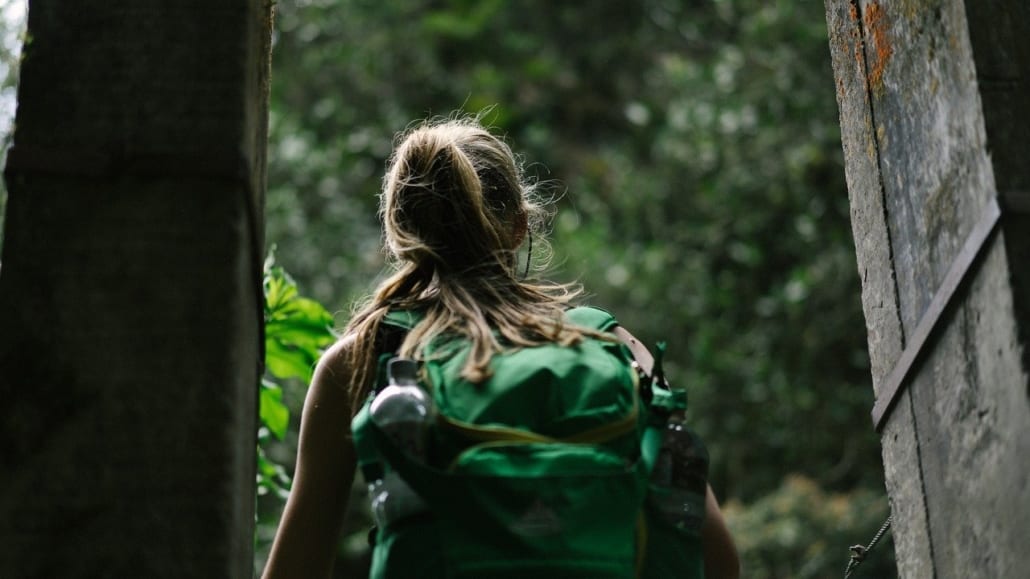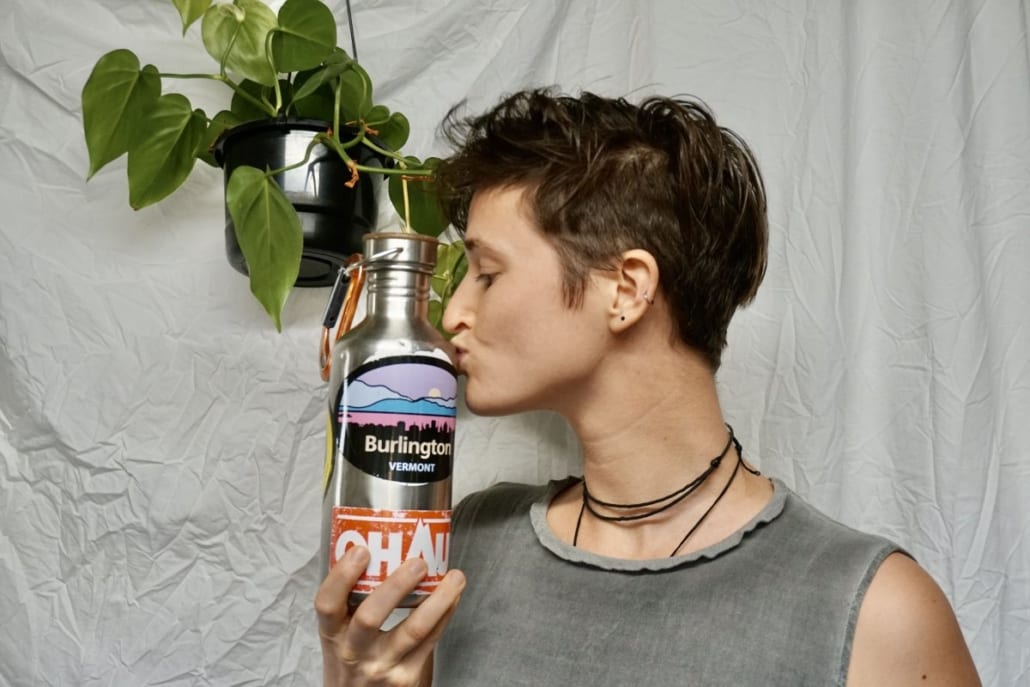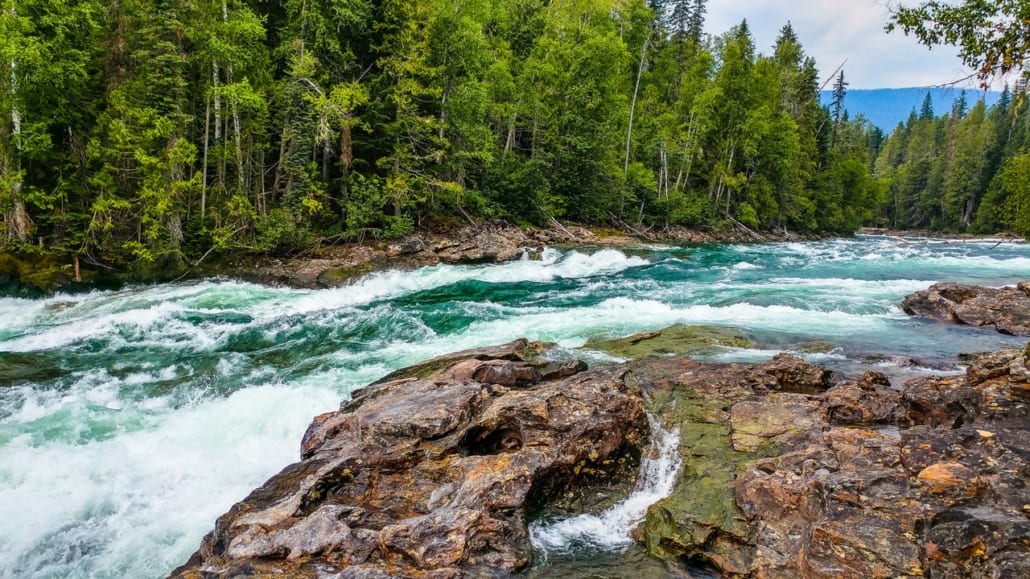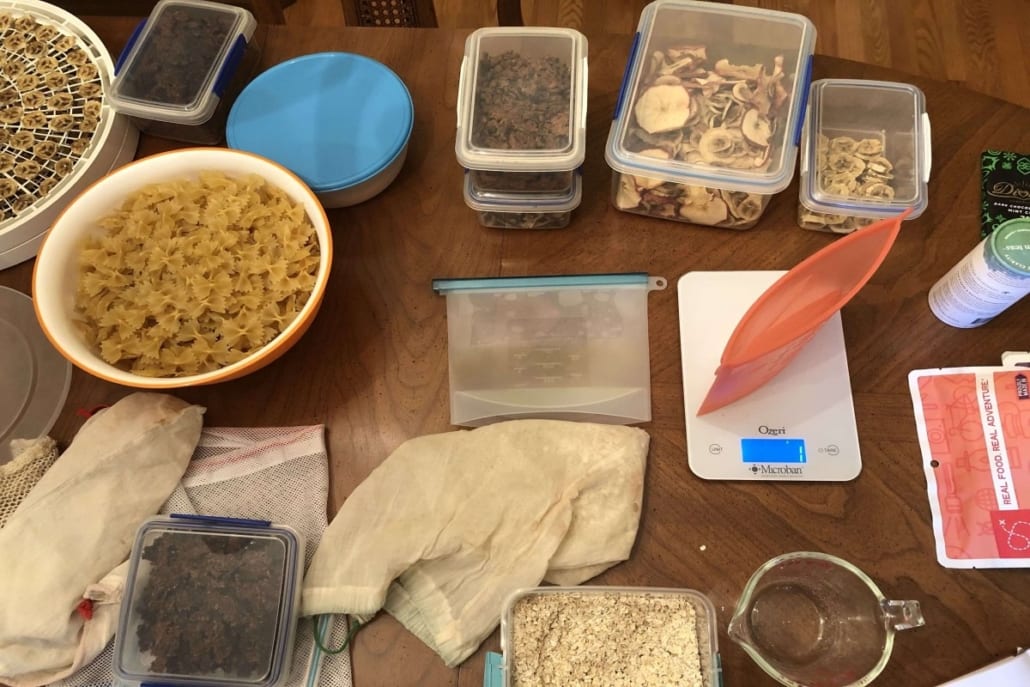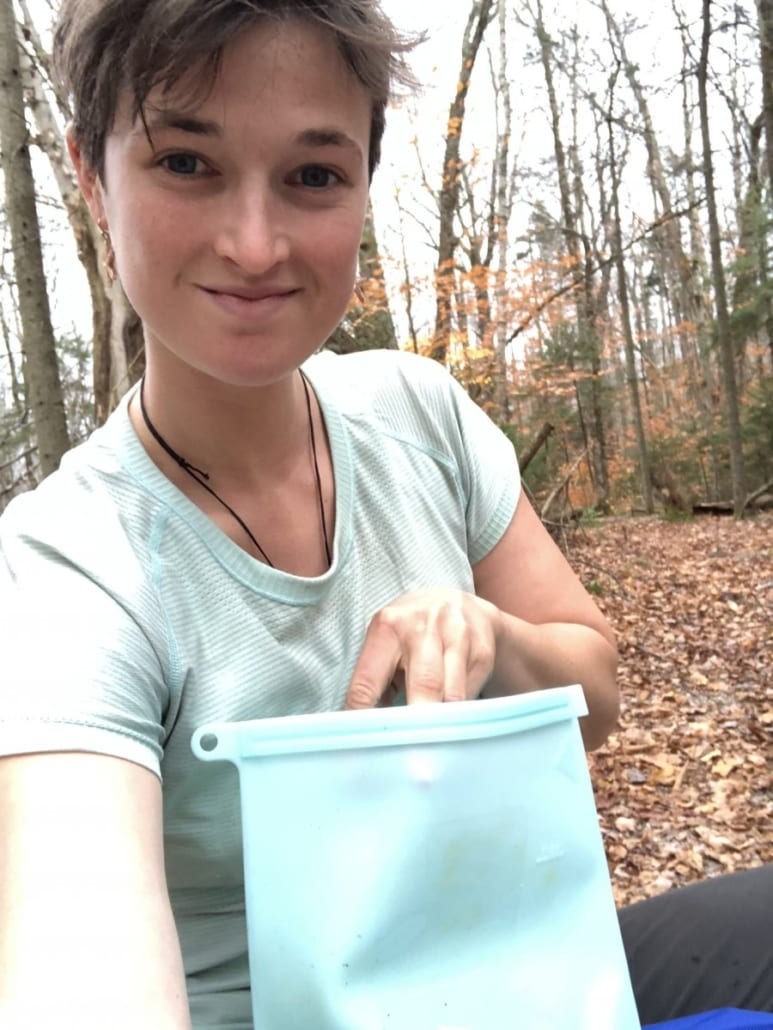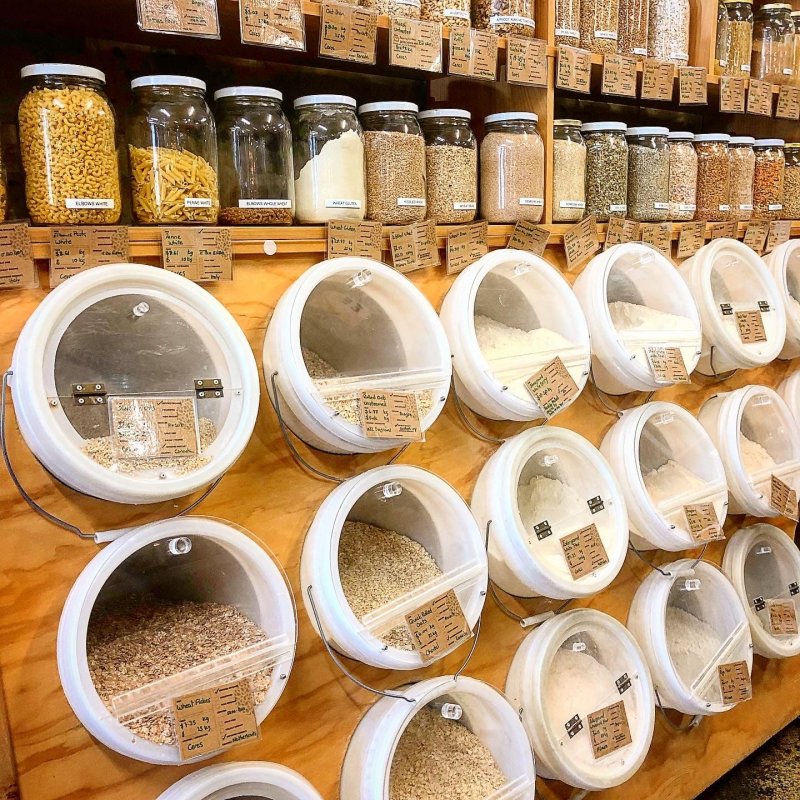Over the past year, many avid travelers have had to slow their roll and reduce their travel due to COVID-19. During this time of quiet reflection, the realities of human carbon emission have begun to fully sink in.
As cars cleared the streets and airplanes stayed grounded, the facts remained: One long-haul flight from London to New York can produce around 986kg of carbon dioxide per passenger, according to the Guardian (US). That amount is comparable to the average yearly carbon output of a person living in a country like Paraguay or Burundi.
With the return of air travel and the alarming projected increase in aviation emissions, you may be seeking solutions to carbon offset travel while exploring all our beautiful planet has to offer.
The What & How of Carbon Offsets
Carbon offsetting involves recognizing and directly addressing your individual carbon emissions. Online calculators make it fairly easy to determine exactly how much carbon you emit in your daily life. However, when travel is thrown into the mix, transport and other activities may cause your carbon footprint to skyrocket.
By employing simple techniques to counteract your carbon emissions, you can fill your passport with stamps while still protecting the environment. Carbon offsets for travel take many forms, and you can choose which forms best fit your lifestyle.
Whether you prefer planting trees, encouraging less wasteful farming techniques, or helping isolated communities install cookstoves to replace wood fireplaces, you’re sure to find a cause you can get behind. Canceling out your carbon emissions allows you to get back to what you love most: travel.
The Truth About Travel & Carbon Emissions
According to the Washington Post, “flights were responsible for 2.4 percent of global energy-related carbon dioxide emissions in 2018.” While this may seem a relatively small sliver, the statistic fails to tell the whole story.
For one thing, those numbers are projected to soar to nearly three times their current level within the next few decades. For another, because of the vast inequity of carbon emissions on our planet, a flight is likely to take up a much larger percentage of your personal carbon footprint.
Lifestyle Changes to Carbon Offset Travel
Reduce Waste & Consumption
There are many ways in which you can reduce or help carbon offset your travels. One way is by adopting a minimalist lifestyle. Minimalism doesn’t mean getting rid of everything you own, though — it means recycling, avoiding single-use items, and maximizing the enjoyment of any collections you do have without relying on quantity over quality.
A minimalistic approach to life will reduce the amount of waste you produce, thereby making the Earth greener and more enjoyable when you travel.
Eco-Friendly Digital Solutions
While you’re on the road, you can make use of several digital solutions that allow you to travel while being kind to the Earth. Carbon and solar calculators permit you to measure your impact on the environment and take concrete steps toward living a zero-waste lifestyle.
Eco-tourism apps, on the other hand, can help you locate local produce, find sustainable lodging, and rideshare, no matter where you are in the world. In the future, fully electric driverless cars will help accelerate this change even more!
Adopt Environmentally-Friendly Work Habits
Today’s work landscape is also rapidly evolving to accommodate more eco-friendly habits. Depending on your lifestyle and work preferences, some of these techniques may work better for you than others. Two of the most popular options for eco-friendly work are work-from-home and work exchange programs.
Working From Home
As we’ve come to realize over the past year, working from home has one rather major impact: no commute. Not only does working from home save you money and time, it also significantly reduces your carbon emissions for flights.
When you reduce the amount of fossil fuels you produce on a daily basis, this helps carbon offset travel and travel-based carbon emissions. Freelancing writing is one popular way of achieving this flexible, work-from-home lifestyle.
Work Exchange Programs
For those unable to go freelance, consider participating in a work exchange program in the location you’d like to visit. The options available to you depend on your nationality and the country you wish to work in.
Potential work exchange programs in the United States include ranch work, the hospitality sector, and childcare services. When you work and travel at the same time, you’re less likely to jet off to a new country each week, reducing your overall fossil fuel emissions and allowing you to enjoy a rich, authentic work-travel experience.
Other Ways to Carbon Offset Travel
If you still haven’t achieved the carbon-neutral lifestyle of your dreams, there are several other ways to offset your carbon footprint. Many companies are more than happy to take your donations, but you’ll want to ensure their projects are legitimate and high-quality.
Some airlines also offer options for passengers to manually offset their carbon emissions for flights.
No matter what your current lifestyle, there are always ways to reduce your carbon footprint while journeying across the planet. Take the first step today toward living a greener life and saving the planet you love to explore!

